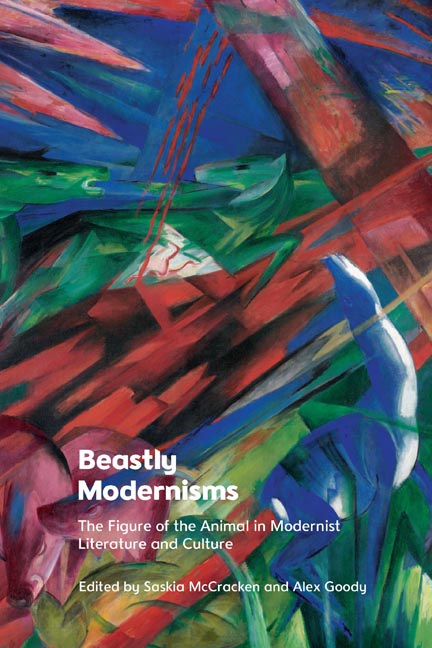Book contents
14 - Unhoming the Pigeon: Ahmed Ali’s Twilight in Delhi
Published online by Cambridge University Press: 21 October 2023
Summary
Perhaps no animal cuts a more modern figure than the pigeon. The consummate city dweller, at home amid concrete and metal, able to navigate by neighbourhood landmarks, the pigeon might be seen as a flâneur of the skies or a cosmopolitan of the gutters. While the encroachments of human development have been a death warrant for many other wild animals, the pigeon thrives in proximity to people. It is also, however, a victim of its own success. Around the middle of the twentieth century, people began to see feral pigeons as trespassers, vagrants and squatters in urban spaces. Critics called them ‘rats with wings’, city officials placed bans on pigeon feeding and pest controllers used spikes, nets and poisons to deter them. They became, to quote the sociologist Colin Jerolmack, ‘a “homeless” species’ (2008: 89). If, as Edward Said says, ‘We have become accustomed to thinking of the modern period itself as spiritually orphaned and alienated, the age of anxiety and estrangement’ (1984: n.p.), the pigeon is modern in that sense too.
Like their feral cousins, domestic pigeons have also faced a decline in stature in recent decades. Once, they were the messengers of kings and generals, the pride of pigeon racers and the trophies of fanciers (Allen 2009: 102–3, 110–15). They lived in elaborate dovecotes in the medieval and early modern periods, when keeping them was a special privilege of the nobility. Then they lived in rooftop coops in the nineteenth and twentieth centuries, from which their working-class guardians entered them in homing races or flew them simply for the beauty of it (Soth 2020; Allen 2009: 122–4). Today, the few remaining enthusiasts say that these human–pigeon cultures are on the verge of extinction. Once-popular pigeon clubs have dwindled to just a few members or disappeared entirely, and the rooftops that used to hold coops are now largely empty. The remaining old guard lament that ‘Where once thousands of pigeon wings filled the air … now silent skies reign’ (Jerolmack 2013: 89). Pigeonkeeping communities are not yet entirely dead, but they are now suffused with nostalgia and melancholy.
- Type
- Chapter
- Information
- Beastly ModernismsThe Figure of the Animal in Modernist Literature and Culture, pp. 248 - 262Publisher: Edinburgh University PressPrint publication year: 2023

